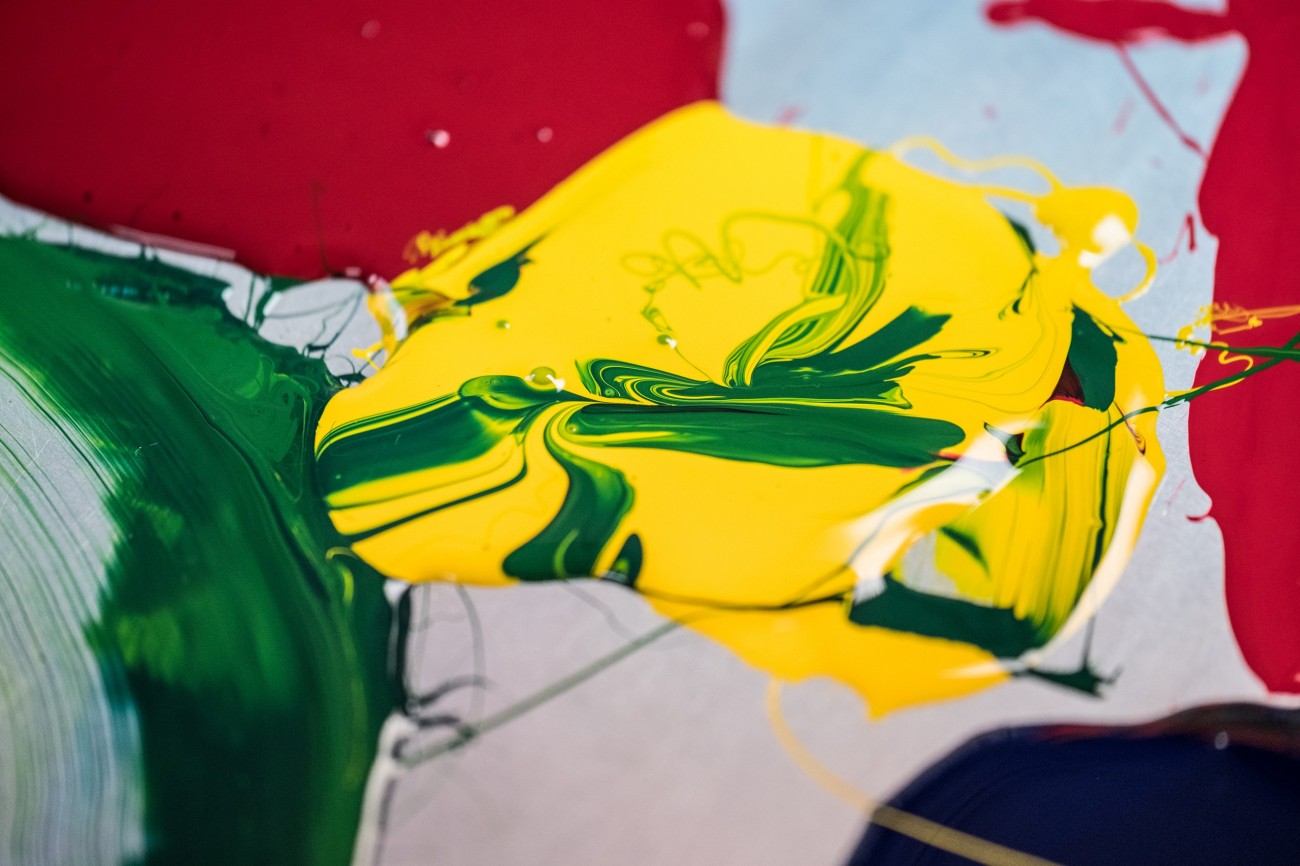Optical Properties and Visual Appearance of Printed Special Effect Colors
One of the research topics of the color group is the printing with special effect inks. Special effect inks are printing inks containing special effect pigments.
Special effect pigments are rather large particles resulting in a perceptible texture and a strong gloss. They consist of a flaky substrate coated with one or multiple thin layers of a high-refracting metal oxide. On the thin layer, light waves of specific wavelengths interfere with each other. The interference effect induces a color that depends on the angles of illumination and observation.
The combination of geometry-dependent color, intense gloss and visible texture makes special effect pigments interesting for the printing industry. The unique optical properties need to be described by suitable appearance correlates. Tolerance bounds are required for process control and quality assurance.
To relate measured optical properties with visual appearance correlates, samples of printed special effect colors were generated and measured with multi-angle spectrophotometers. The most important information about printing and measuring the samples are published in the conference paper:
Katharina Kehren, Philipp Urban and Edgar Dörsam, Bidirectional Reflectance and Texture Database of Printed Special Effect Colors, IS&T/SID Color and Imaging Conference, pp. 316-321, San Jose, USA, (2011), PDF (opens in new tab) .
The corresponding presentation (PDF (opens in new tab) ) at the 19th Color and Imaging Conference 2011 gives further information about the generation of the bidirectional reflectance and texture database. The bidirectional reflectance and texture data are freely available as a MATLAB data structure (MAT ) for research purposes. An additional text document (PDF (opens in new tab) ) explains all abbreviation used in the database.



